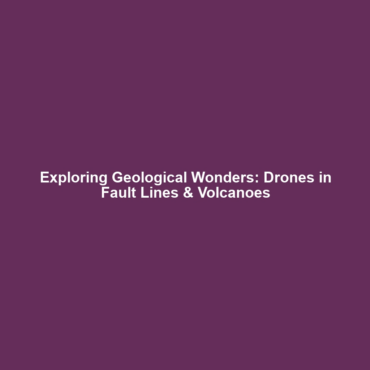Formation Theories: How Exoplanets Form from Protoplanetary Disks Around Young Stars
Introduction
The formation of exoplanets is a crucial aspect of understanding our universe and its history. Formation theories illustrate how planets emerge from protoplanetary disks surrounding young stars, shedding light on planetary systems beyond our Solar System. These theories offer insights not only into the origins of Earth-like planets but also the conditions that may support life elsewhere in the galaxy. Understanding these processes is essential in the field of exoplanet research, as it allows scientists to hypothesize about the potential for habitable worlds.
Key Concepts
Several fundamental concepts and principles underpin the formation theories of exoplanets:
Protoplanetary Disks
Protoplanetary disks are dense, rotating disks of gas and dust that surround young stars. They serve as the primary material source for planet formation.
Accretion Theory
The accretion theory posits that small particles in the protoplanetary disk stick together through various forces, slowly building up larger bodies, or planetesimals, over time.
Core Accretion versus Disk Instability
There are two main hypotheses regarding planet formation: core accretion, which describes gradual growth through collisions and merging, and disk instability, where gravitational instabilities in the disk lead to the rapid formation of planet-like objects.
Applications and Real-World Uses
Understanding how exoplanets form can lead to significant applications in astronomy and planetary science:
- How Formation Theories are Used in Exoplanet Research: These theories guide the search for exoplanets by identifying key indicators of formation in observational data from telescopes.
- Applications in Astrobiology: Insights into the formation conditions can inform models of habitability and the likelihood of life on newly discovered exoplanets.
- Astronomical Technologies: Advancements in imaging and spectroscopy technologies are directly influenced by formation theories, enhancing our ability to study distant planetary systems.
Current Challenges
Despite advancements in our understanding, several challenges persist in studying exoplanet formation theories:
- Limited observational data on protoplanetary disks and their dynamics.
- Difficulty in simulating large-scale interactions within disks due to computational limitations.
- The necessity to reconcile different formation models with observations of diverse planetary systems.
Future Research and Innovations
Future research in formation theories is poised to revolutionize our understanding of exoplanets, driven by cutting-edge innovations:
- Next-generation telescopes capable of detailed imaging of protoplanetary disks, allowing for direct observation of planetary formation.
- Advancements in computer simulations that will facilitate more accurate models of disk dynamics and planet formation processes.
- Interdisciplinary research that combines findings in geology, chemistry, and astrophysics for a holistic approach to studying exoplanets.
Conclusion
The study of formation theories offers profound insights into how exoplanets develop from protoplanetary disks around young stars, enhancing our existing knowledge about planetary systems in the universe. As research progresses, it will not only refine our understanding of exoplanets but also foster new technologies and methodologies in astronomy. For those interested in learning more, consider exploring topics such as exoplanet habitability and the role of protoplanetary disks.


